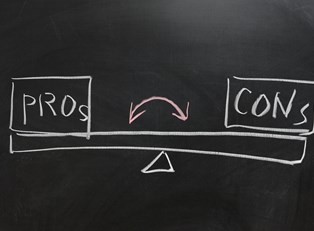It’s estimated that about 25% of patients who undergo lap band surgery have theirs removed at some point afterwards, and many of them do so because of health complications. While lap band technology is continually improving, it’s still not a risk-free procedure, and you should be aware of these risks before moving forward with it. These are by no means the only problems that can occur because of a lap band, but they are the most severe and likely to happen.
- Surgical Complications
Like any medical procedure, lap band surgery comes with some risks. The most common two are infection at the incision site or an adverse reaction to anesthesia. The risk of infection is increased in obese individuals, especially those with conditions like diabetes, which sometimes prevents wounds from healing normally.
- Gastrointestinal Distress
After lap band surgery, the nature of your stomach is radically changed, which can sometimes lead to gastrointestinal unpleasantness. This includes vomiting, acid reflux, diarrhea, bloating, and heartburn. While most of these problems can be avoided by strictly adhering to your lap band dietary guidelines, many patients still experience these issues during the first few weeks after surgery, when their bodies are still adjusting to the change.
- Band Slippage
Over time your lap band may begin to slip upward or downward from its original position, which can result in symptoms such as severe abdominal or chest pain, as well as increased nausea. In mild cases of slippage, health risks are normally minimal if the problem is addressed quickly. However in severe cases or if left untreated, band slippage can cause increasingly painful complications and may require band removal.
- Stomach Obstruction
If too much saline is injected into your lap band, this can cause complete obstruction between your stomach and new pouch. This will not only cause significant nausea but it can also lead to severe malnutrition, because your food cannot be properly digested.
- Band Erosion
Because the lap band is putting constant pressure on the stomach, it can sometimes grow into the stomach in a phenomenon known as band erosion. This can lead to all sorts of complications at the port site, including infection and abscesses. In cases of band erosion, the only option is complete removal of the lap band.



